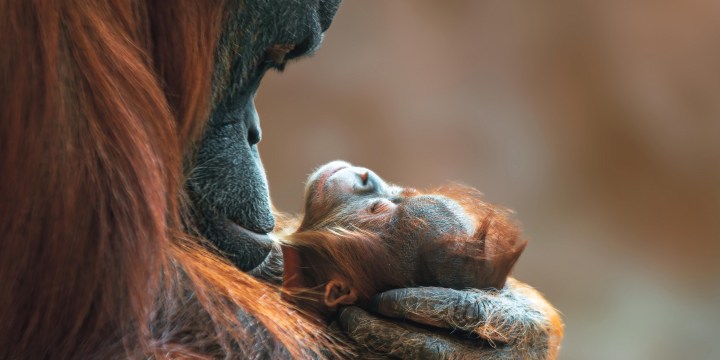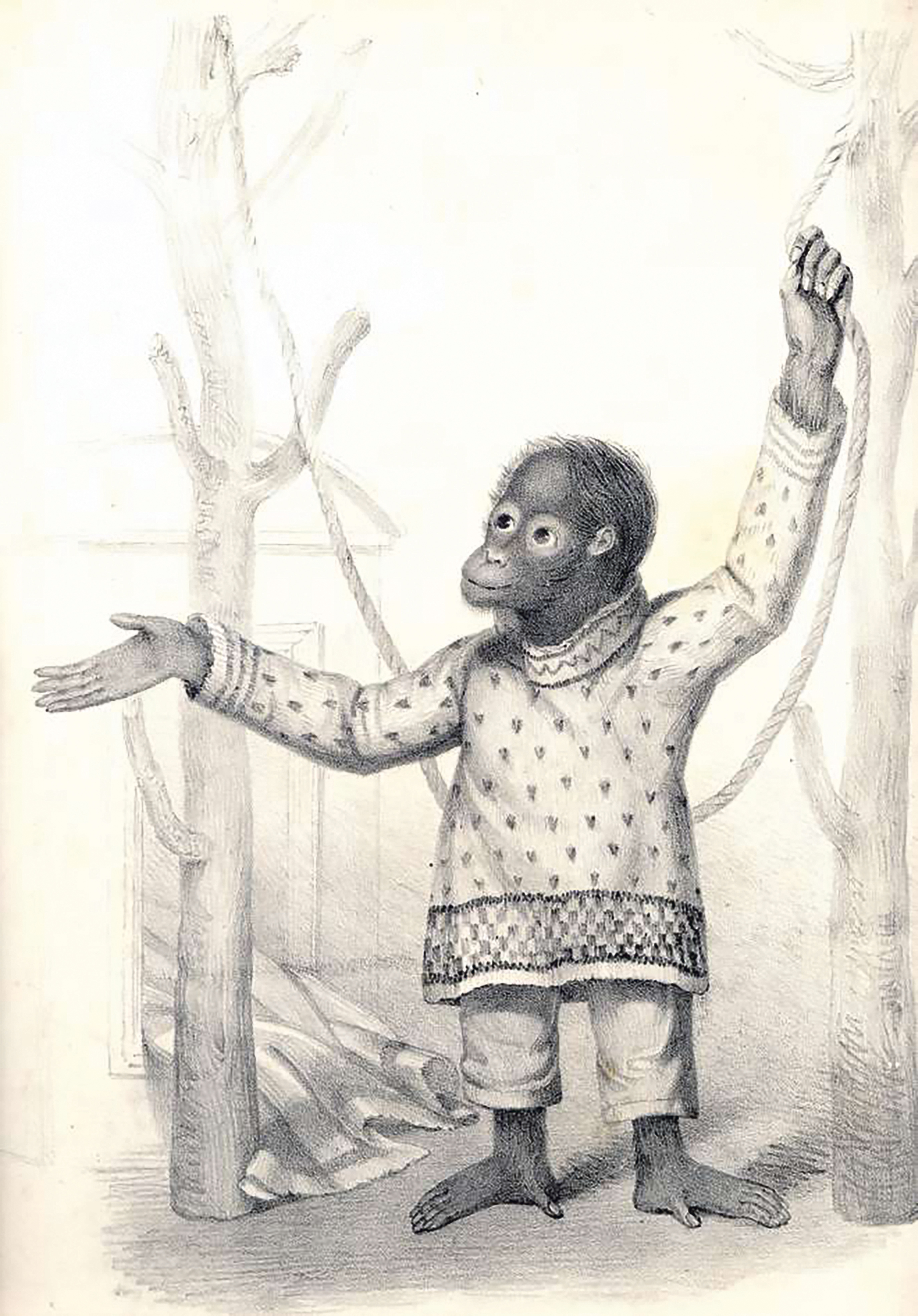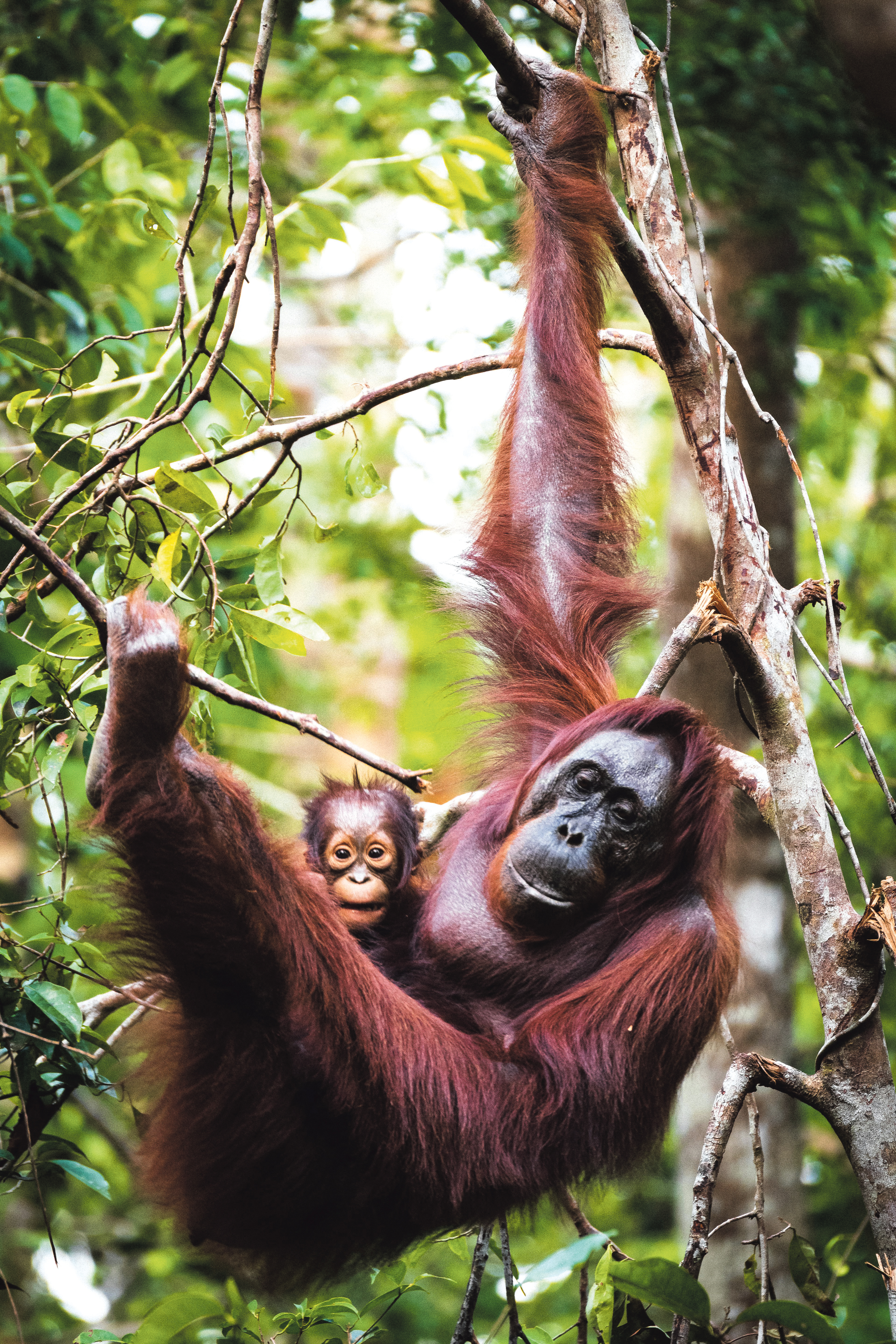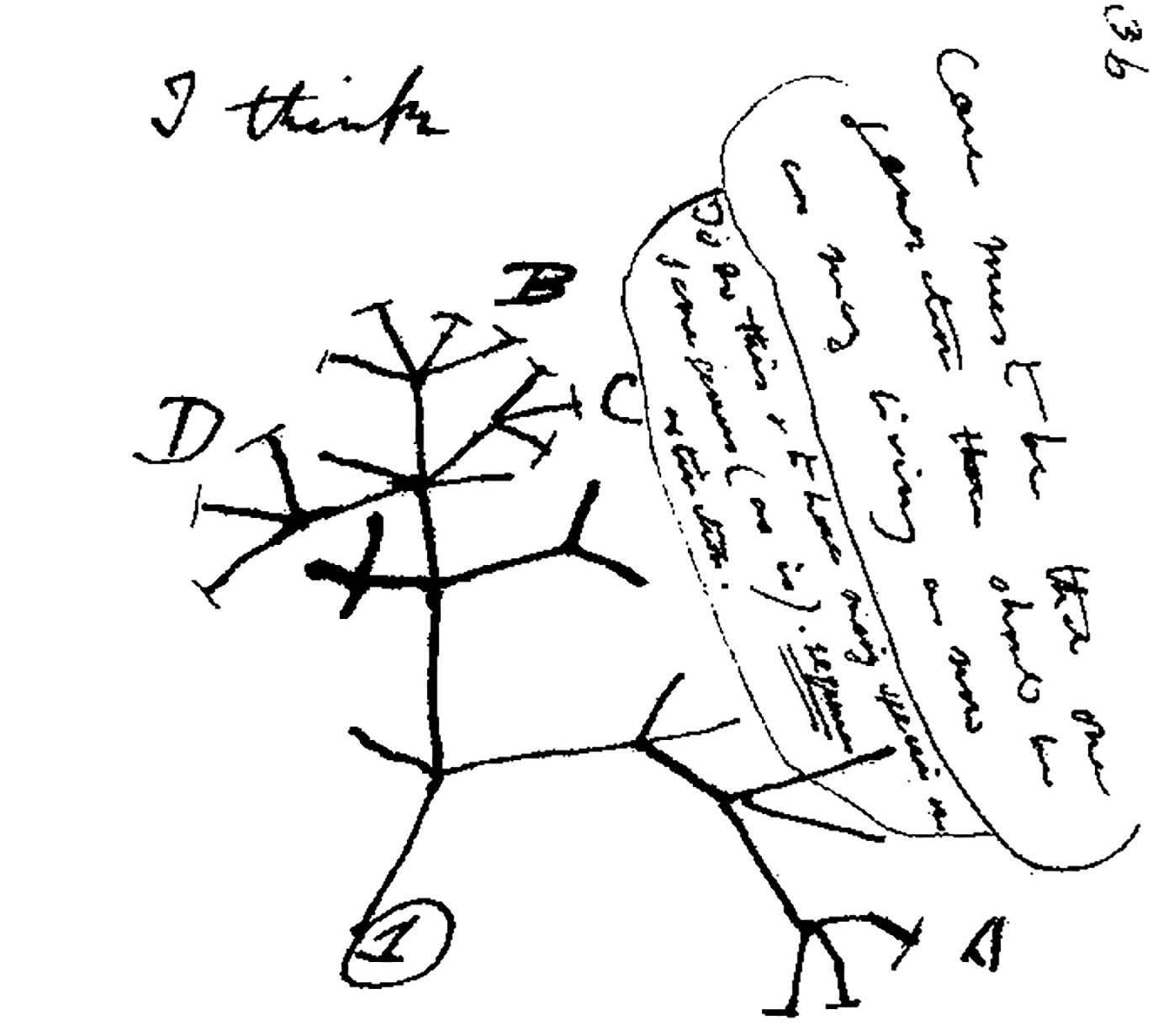ORIGIN STORY
Recounting memories of the remarkable ape named Jenny who blew Charles Darwin’s mind

In 1831 a 22-year-old naturalist named Charles Darwin set sail for a trip around the world that would last five years and result in a theory that would change history. A lesser-known event was his meeting with an orangutan.
In 1836 Charles Darwin was back in London after his global voyage on the HMS Beagle working on his collections and starting to feel his way towards a theory of evolution.
It was a slow, careful process, not least because his wife Emma, a devout Christian, was deeply fearful about its implications — and Charles’ soul.
“I had at last got a theory by which to work, he wrote, “but I was so anxious to avoid prejudice, that I determined not for some time to write even the briefest sketch of it.”
It would take him 21 years after returning to publish On the Origin of Species, which would forever change our understanding of the natural world and our place in it. It might have taken longer had he not received a letter from a roving species collector, Alfred Russel Wallace, who hit on the idea of natural selection and wrote to Darwin for confirmation.

Charles Darwin when he was preparing On the Origin of Species. (Photo: Wikipedia)
In a panic Darwin, who had come to the same conclusions, finished and published Origin. Twelve years later he produced a second ground-breaking book: Descent of Man.
A posthumous autobiography, many learned papers and countless biographies have explored the steps towards the formulation of his theories of the evolution of species through natural selection. Particular attention is always given to the physical adaptation of Galapagos finches to different food types on isolated islands.
Less often mentioned is Darwin’s fascination with an orangutan named Jenny. Shortly after returning from his epic voyage and mulling over the connectedness which would eventually become his grand theory, Darwin wandered into London Zoo and came face to face with the first ape he had ever seen.

A portrait of Jenny was printed by W Clerk in London in 1837. (Image: Supplied)
Dressed up in human clothes and using a cup and saucer to drink tea, she blew his mind. The meeting would anchor his formulation of the connection of different species through time. It would be key to his book The Descent of Man.
In Borneo, Alfred Wallace would meet a wild orangutan and have the same experience — and come to the same conclusion: we are not a once-off creation by God but the result of millions of years of favourable evolution. We’re a species of ape.
Jenny had been acquired by the Zoological Society from a sailor named Mr Moss who had just returned from Borneo. He’d named her Lady Jane, which soon became simply Jenny. In 1838 Darwin visited the zoo and saw her. He wrote of the meeting to his sister Susan:
“I saw also the Ourang-outang in great perfection. The keeper showed her an apple, but would not give it her, whereupon she threw herself on her back, kicked and cried, precisely like a naughty child. She then looked very sulky and after two or three fits of passion, the keeper said, ‘Jenny if you will stop bawling and be a good girl, I will give you the apple.’ She certainly understood every word of this, though like a child, she had great work to stop whining, She at last succeeded and then got the apple, with which she jumped into an armchair and began eating it, with the most contented countenance imaginable.”
Further descriptions were found in his ‘transmutation’ notebooks and a document in the Cambridge University Archive.
“Most curious to see how Jenny understood when told door open, to give up anything and to do what she is told, open doors, stand in proper position to be combed.
“She will take the whip [and] strike the giraffes, take a stick and beat the men. Likes playing with a cat but dislikes most animals.

A female orangutan and her baby. (Photos: iStock; Unsplash)
“Astonished beyond measure at looking glass, looked at it every way, sideways and with most steady surprise. After some time stuck out lips, like kissing, to glass.
“At last put hand behind glass at various distances, looked over it, rubbed front of glass, made faces at it and examined whole glass. Evidently became cross because it could not understand puzzle. Put body in all kinds of positions when approaching glass to examine it.”
These notes make clear that Darwin’s observations were aimed particularly at recording evidence that human behaviours and emotions were present in apes, which he took to be our actual relatives, though not direct ancestors.
The difference between humans and animals, he concluded, was one of degree not of kind. This framed the theory he was developing of branching evolutionary descent and that human beings were descended from earlier forms.
“Let man visit Ouran-outang in domestication,” he would write, “hear expressive whine, see its intelligence when spoken to as if it understands every word said — see its affection to those it knew. See its passion and rage, sulkiness and very actions of despair.
“Then let him boast of his proud pre-eminence. Man in his arrogance thinks himself a great work, worthy [of] the interposition of a deity. More humble and I believe true to consider him created from animals.”
Like Darwin, Queen Victoria was fascinated by Jenny when she visited the zoo. But, unlike Darwin, she was repulsed, saying the orangutan was “frightful and painfully and disagreeably human”.

In mid-July 1837 Darwin started his ‘B’ notebook on the transmutation of species. On page 36 he wrote ‘I think’ above his first evolutionary tree. (Photo: Wikipedia)
Around the time that Darwin met Jenny, he made a simple but profound sketch in his notebook — a tree-like diagram representing his early thoughts on the relationships between species. Above the sketch, he wrote, “I think”.
This unassuming doodle encapsulated a revolutionary idea: that species descended from common ancestors and evolved, diverging into distinct forms. When he wrote “I think”, was he thinking about Jenny? DM
Here is an extract from the 2009 film Creation with Paul Bettany and Jennifer Connelly.
This story first appeared in our weekly Daily Maverick 168 newspaper, which is available countrywide for R29.



















 Become an Insider
Become an Insider
As an atheist kid, I remember talking about this kind of thing to god-fearing children my age. I wish I had known this story to recount.